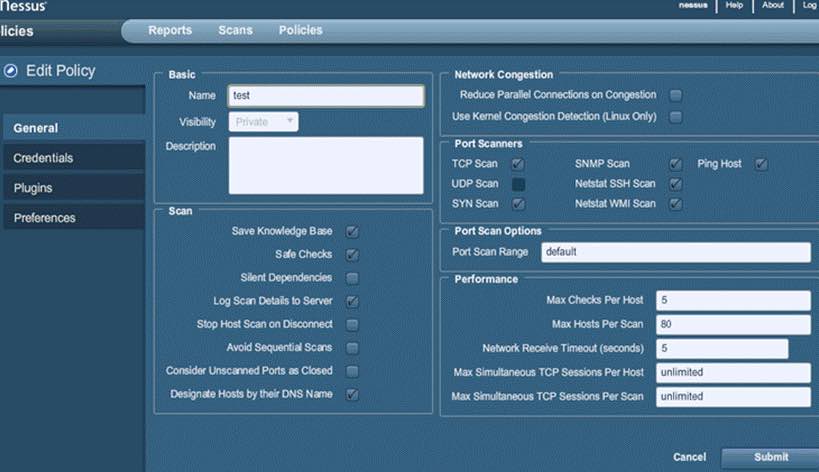What you need to install Windows 10 on Mac
- MacBook introduced in 2015 or later
- MacBook Air introduced in 2012 or later
- MacBook Pro introduced in 2012 or later
- Mac mini introduced in 2012 or later
- iMac introduced in 2012 or later1
- iMac Pro (all models)
- Mac Pro introduced in 2013
Free MAC Address Changer Tools for Windows 10/8/7 RECOMMENDED: Click here to repair Windows problems & optimize system performance MAC Address or Media Access Control Address is a unique address. Yes, there are 3–4 tools which will help you to grab a screenshot like mac on windows. Print screen on windows is simple as print screen mac. Few tools like lightshot, skitch and snip is best options available. Use Windows Migration Assistant to transfer your music, pictures, documents, and other data from a Windows PC to your Mac. Windows Migration Assistant transfers your contacts, calendars, email accounts, and more from a PC. Use Windows Migration Assistant to transfer your music, pictures, documents, and other data from a Windows PC to your Mac. Windows Migration Assistant transfers your contacts, calendars, email accounts, and more from a PC.
The latest macOS updates, which can include updates to Boot Camp Assistant. You will use Boot Camp Assistant to install Windows 10.
- Click the Windows START button, and click WINDOWS USB/DVD DOWNLOAD TOOL in the ALL PROGRAMS list to open the Windows USB/DVD Download Tool. In the SOURCE FILE box, type the name and path of your Windows ISO file, or click BROWSE and select the file from the OPEN dialog box.
- Parallels Toolbox for Mac and Windows. 30+ tools in a lightweight, powerful, all-in-one application for Mac ® and PC. Easy to use and economical—a whole suite of tools for a fraction of the cost of individual apps, packaged in one simple interface.
64GB or more free storage space on your Mac startup disk:
- You can have as little as 64GB of free storage space, but at least 128GB of free storage space provides the best experience. Automatic Windows updates require that much space or more.
- If your Mac has 128GB of memory (RAM) or more, the Windows installer needs at least as much free storage space as your Mac has memory. For example, if your Mac has 256GB of memory, your startup disk must have at least 256GB of free storage space for Windows.
An external USB flash drive with a storage capacity of 16GB or more, unless you're using a Mac that doesn't need a flash drive to install Windows.
A 64-bit version of Windows 10 Home or Windows 10 Pro on a disk image (ISO) or other installation media:
- If installing Windows on your Mac for the first time, use a full version of Windows, not an upgrade.
- If your copy of Windows came on a USB flash drive, or you have a Windows product key and no installation disc, download a Windows 10 disk image from Microsoft.
- If your copy of Windows came on a DVD, you might need to create a disk image of that DVD.

How to install Windows 10 on Mac
To install Windows, use Boot Camp Assistant. It's in the Utilities folder of your Applications folder.
1. Use Boot Camp Assistant to create a Windows partition

Open Boot Camp Assistant and follow the onscreen instructions:
- If you're asked to insert a USB drive, plug your USB flash drive into your Mac. Boot Camp Assistant will use it to create a bootable USB drive for Windows installation.
- When Boot Camp Assistant asks you to set the size of the Windows partition, remember the minimum storage-space requirements in the previous section. Set a partition size that meets your needs, because you can't change its size later.
2. Format the Windows (BOOTCAMP) partition
When Boot Camp Assistant finishes, your Mac restarts to the Windows installer. If the installer asks where to install Windows, select the BOOTCAMP partition and click Format. In most cases, the installer selects and formats the BOOTCAMP partition automatically.
3. Install Windows
Unplug any external devices, such as additional displays and drives, that aren't necessary during installation. Then click Next and follow the onscreen instructions to begin installing Windows.
4. Use the Boot Camp installer in Windows
After Windows installation completes, your Mac starts up in Windows and opens a ”Welcome to the Boot Camp installer” window. Follow the onscreen instructions to install Boot Camp, including Windows support software (drivers). You will be asked to restart when done.
If the Boot Camp installer doesn't open automatically, your final step should be to open the Boot Camp installer manually and use it to complete installation.
How to switch between Windows and macOS
Restart, then press and hold the Option (or Alt) ⌥ key during startup to switch between Windows and macOS.
Learn more
If you have one of these Mac models using OS X El Capitan 10.11 or later, you don't need a USB flash drive to install Windows:
- MacBook introduced in 2015 or later
- MacBook Air introduced in 2015 or later2
- MacBook Pro introduced in 2015 or later2
Download Tool For Windows 10
- iMac introduced in 2015 or later
- iMac Pro (all models)
- Mac Pro introduced in late 2013
Mac Software For Windows
For more information about using Windows on your Mac, open Boot Camp Assistant and click the Open Boot Camp Help button.
Windows Usb Tool For Mac
1. If you're installing Windows and macOS Mojave on an iMac (27-inch, Late 2012), iMac (27-inch, Late 2013), or iMac (Retina 5K, 27-inch, Late 2014) and your Mac is configured with a 3TB hard drive, learn about an alert you might see during installation.
Used Mac Tool For Sale
2. These Mac models were offered with 128GB hard drives as an option. Apple recommends 256GB or larger hard drives so that you can create a Boot Camp partition of at least 128GB.